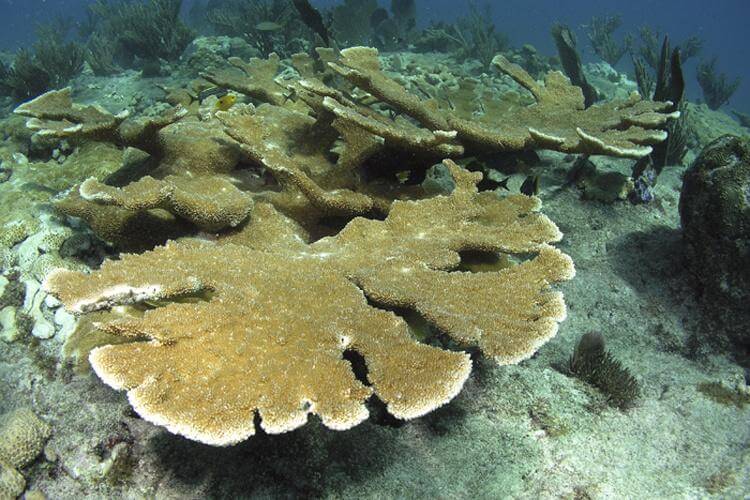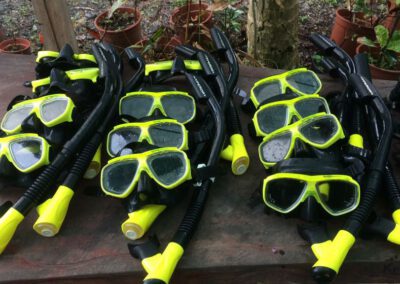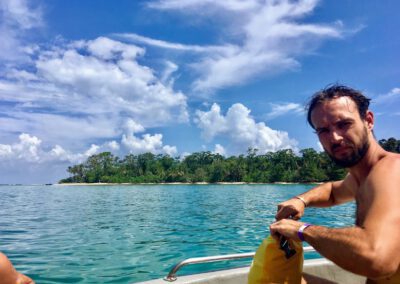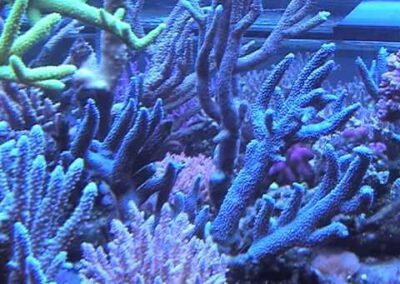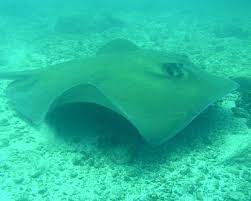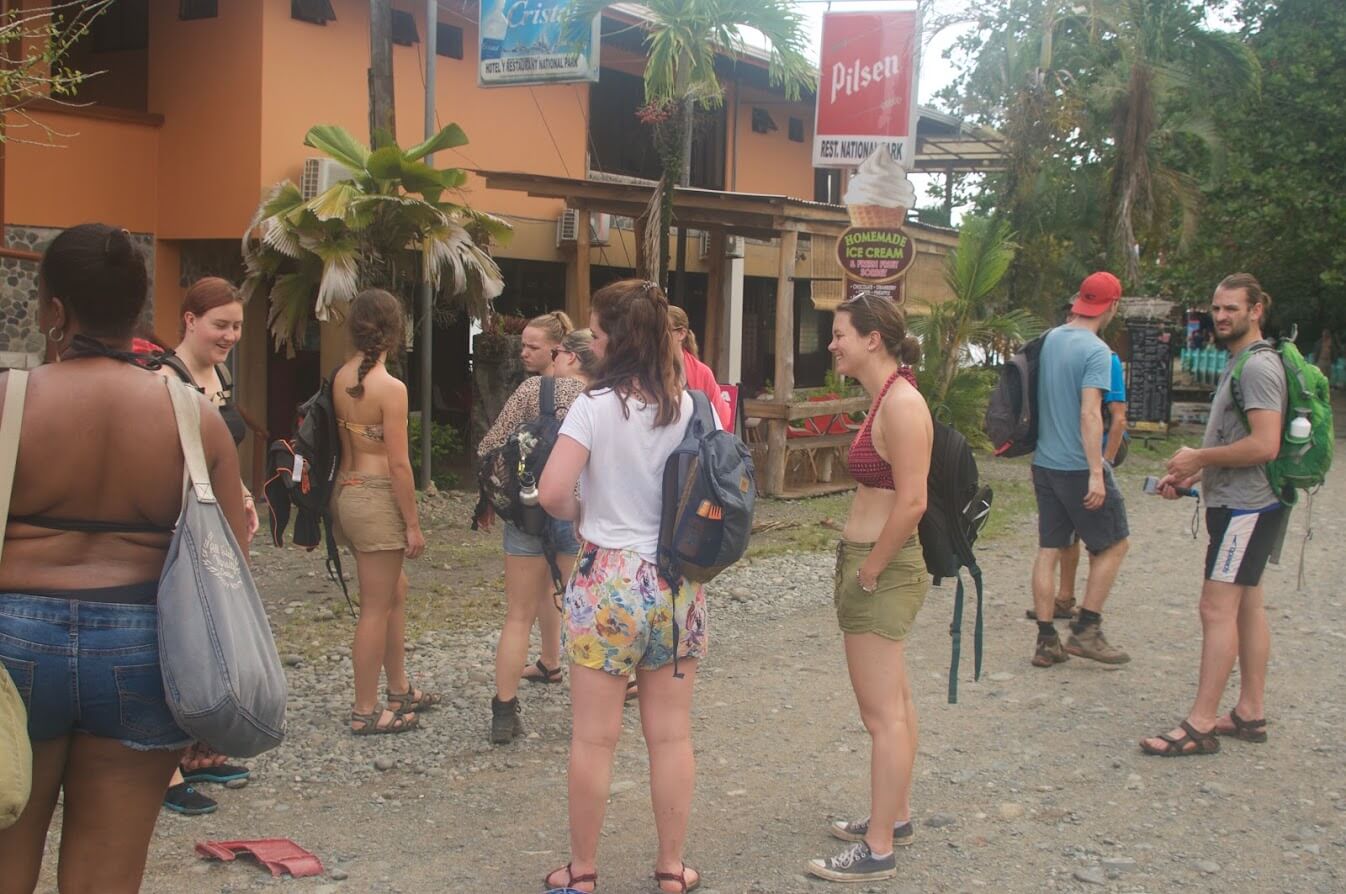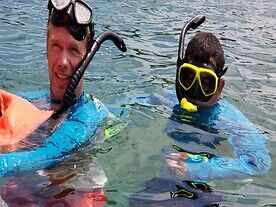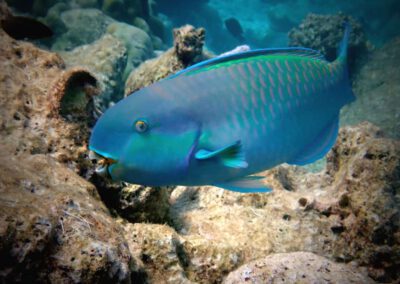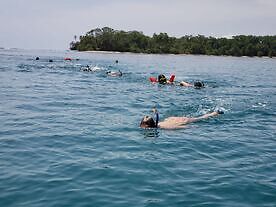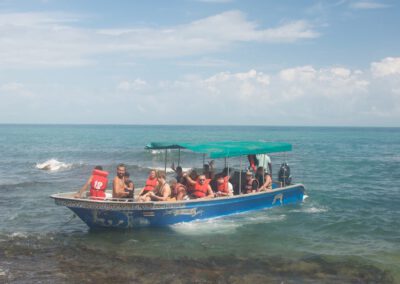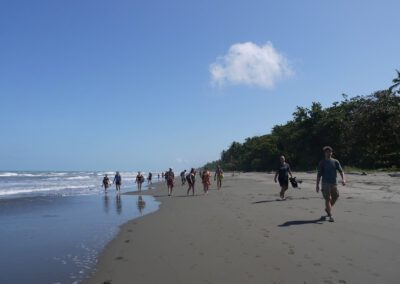Contents
- 1 Cahuita Cahuita | Discover the Coral and Marine Life at #1 Reef and best Snorkeling in Costa Rica
- 1.1 Cahuita Snorkeling | Best Snorkeling in Costa Rica
- 1.2 Cahuita Snorkeling | Best Snorkeling in Costa Rica
- 1.3 Cahuita Snorkeling | Best Snorkeling in Costa Rica
- 1.4 Take your Camera—Make your Snorkeling Underwater Video Memory
Cahuita Cahuita | Discover the Coral and Marine Life at #1 Reef and best Snorkeling in Costa Rica
The Cahuita snorkeling tour is the best snorkeling in Costa Rica. Discover the astonishing marine life of the protected Reef of Cahuita National Park.
The reef is probably the most beautiful in Costa Rica, with over 35 types of corals and over 100 species of tropical fish, turtles, and even some sharks.
Cahuita Snorkeling Tour – What to expect?
The Snorkeling Cahuita guided tour is a great way to explore the coral reef of Cahuita around the top of Punta Cahuita National Park.
We start normally at 8:30 a.m. [see for other times below = snorkeling is possible 3 times a day!], from the small port of Cahuita. Miss Edith’s restaurant is our rendezvous point [next to the old snorkeling house]. Snorkeling equipment will be provided before boarding the boat, which takes us to Punta Cahuita; this part of Cahuita National Park is 3.5 milesfrom the Cahuita entrance.
From there, you can snorkel in different places and explore the surroundings, usually two sessions of about 40 minutes each. In the water, you will follow a guide, a Cahuita native and nature specialist/tour guide, explaining the coral reef system and showing you its lush wildlife.
Many fish species are to be observed since this is a natural nursery. You might even run into a Sea Turtle as they feed on the grass. If you are interested in turtles, visit the Turtle Rescue Foundation of Cahuita.
After snorkeling, we stop at Punta Cahuita, where you can relax, unwind, and observe an incredible landscape while enjoying some fresh fruit & chocolate. Some time at this point, you can keep common animals, such as capuchin and howler monkeys, a variety of frogs, reptiles, and birds.
Duration
Approximately: 2,5 to 3 hours [with two sessions of about 40 minutes of snorkeling].
What to bring with you?
Sunscreen, swimming suit, towel, a bottle of water, and wind jack for the boat trip.
Our Tour guides
Our guides are genuinely local and experienced tour professionals. They harbor a sincere and profound passion for nature and wildlife, deeply respect Costa Rican culture, are thoroughly prepared, and are licensed by the ICT (Costa Rican Tourism Institute).
Pricing
For pricing, see the shop product page and the “Additional Information” Tab; minimum group size [adults] = two persons.
What is included and what to take into account!
The use of snorkeling gear, fresh fruit, and a local, experienced tour guide. A private snorkeling guide is optional. Please, if interested, let us know at the product page, if you book a tour in the comment section.
Snorkeling in Cahuita is weather-dependent on the wind and current. The visibility has to be 70% for a good snorkeling tour, a standard Marine Park set. The visibility is checked each morning at 6 AM.
Times of Snorkeling Tours
The snorkeling tour starts three times per day [if weather conditions and visibility are acceptable]:
- 08:00 to 10:30
- 10:00 to 12:30
- 12:00 to 14:30
Meeting Point and Directions
The meeting is in “front of” the Snorkeling house of the Cahuita Marine Park next to the small harbor [entrance to Marine Park of Cahuita].
About Cahuita National Park
The National Park of Cahuita is located at the Southern part of the Caribbean Coast of Costa Rica and was founded in 1978. It is still the only national park in Costa Rica that depends exclusively on donations.
These are used to keep the park in the best possible condition, free of pollution, and to ensure the safety of the wildlife and visitors.
Our tour guides offer a variety of adventurous, wildlife, hiking, and trekking tours.
Cahuita Snorkeling at the Protected Reef of Cahuita National Park
The reef at Cahuita National Park is protected and can only be visited with the assistance of tour guides with a permit.
It is the largest fringing reef in the Caribbean in the country. The most popular is that it contains over 500 acres of Coral Reef.
This reef consists of three barriers; the outer barrier stretches for 3 miles from the Western side of Punta Cahuita to the Eastern side; it is separated from the coast between 100 meters and 1.5 miles.
Between this barrier and the coast, there is a small fringing reef, about 0.5 miles long and within 100 meters from the shore, called the inner crest.
Finally, a 100-meter barrier is located of the Western end of the reef. Patch reefs are found within the lagoon and carbonate banks offshore.
It is a nesting ground for sea turtles, but that is not all you will see if you go scuba-diving or snorkeling. The Reef is filled with over 240 marine life, including tropical fish species, sea urchins, sea cucumbers, mollusks, and crustaceans.
Cahuita snorkeling at the first of top 3 Reefs | Best snorkeling in Costa Rica – About the Protected Reef
Although the reef has shrunk recently, it remains one of Costa Rica’s most popular marine attractions.
The coral reefs are built by living organisms: the corals. These animals have a skeleton made of calcium carbonate and are associated with algae which produce the food (by photosynthesis).
The Coral reefs are among the most productive environments in the world, and they are essential not only as carbon sinks but also for marine life reproduction.
Costa Rica has coral reefs on both coasts. The most developed reefs are on the South Atlantic coast, from Moín to Punta Mona, and cover about 10 square miles. The Cahuita National Park protects the most remarkable coral reef on the Caribbean coast, and it has been one of the most studied.
The largest fringing reef of the Caribbean in the country is indeed located at the Cahuita National Park.
The coral reef at Cahuita has been degrading during the last 30 years due to siltation (water pollution), other anthropogenic impacts, and natural causes (some exacerbated by human activity): massive death of organisms, earthquakes, and warming events.
Although these facts, the Cahuita Reef is still beautiful, and as it is protected, you will find 35 coral species, including the light yellow brain, elkhorn, and blue staghorn species.
Cahuita is the best place in case and close if you are interested in snorkeling in Puerto Viejo.
Marine Life
Marine life, sea life, or ocean life are is the plants, animals, and other organisms that live in the salt water of the sea or ocean or the brackish water of coastal estuaries.
At a fundamental level, marine life affects the nature of the planet. Marine organisms, primarily microorganisms, produce oxygen and sequester carbon.
Marine life, in part, shapes and protects shorelines, and some marine organisms even help create new land (like coral-building reefs). Most life forms evolved initially in marine habitats. By volume, oceans provide about 90% of the living space on the planet.
The earliest vertebrates appeared as fish, which live exclusively in water. Some of these evolved into amphibians, which spend portions of their lives in water and portions on land.
One group of amphibians evolved into reptiles and mammals, and a few subsets of each returned to the ocean as sea snakes, sea turtles, seals, manatees, and whales.
Plant forms such as kelp and other algae grow in the water and are the basis for some underwater ecosystems. Plankton establishes the general foundation of the ocean food chain, particularly phytoplankton, which are key primary producers.
Marine invertebrates exhibit many modifications to survive in poorly oxygenated waters, including breathing tubes, as in mollusk siphons.
Fish have gills instead of lungs, although some fish species, such as lungfish, have both. Marine mammals (like dolphins, whales, otters, and seals) must surface periodically to breathe air.
Cahuita Reef has over 500 fish species, including three types of sharks, which you might encounter while snorkeling. And also a dozen other fish species like dolphins, stingrays, blue parrot fish, angelfish, manta rays, rock beauty, the French angelfish, and even the dangerous scorpion fish.
Cahuita Snorkeling and encounter with Turtles
The most common sea turtles in Costa Rica are: The Leatherbacks (is quite rare around Cahuita, besides (‘Big Beach’) most often you will encounter the Hawks bill or ‘Carey’ and the ‘Green Turtle which nests on the Caribbean coast.
The Hawksbill turtles, nest in Cahuita National Park from September to January, and the hatching period is approximately from January to March.
There is a good chance during a snorkeling trip; you will get encountered these amazing marine creatures.
Cahuita has its own rescue center to promote the protection and survival of sea turtles. It acts as a community protector of the native wildlife in the area, therefore ensuring the survival of the sea turtles and guarding of the natural treasures.
The Turtle Rescue Center of Cahuita works with volunteers from the Local Community of Cahuita and Biologists. Definitely worth a visit. Our tour guides are eager to show you directions where to go, or accompany you, to show the work of this foundation. We recognize ourselves as part of the ecosystem and the guarantors of its balance.
Cahuita Snorkeling | Best Snorkeling in Costa Rica


Take your Camera—Make your Snorkeling Underwater Video Memory
Video of Snorkeling in Cahuita by tour guide, also called the The Dutch Biologist of Cahuita. The protected reef is the #1 Reef in Costa Rica.
